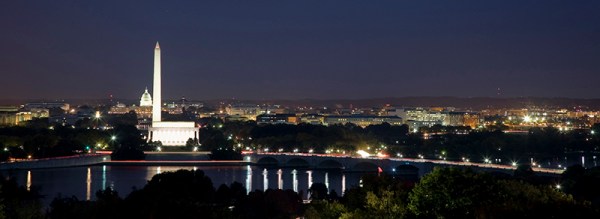All over your TV and radio this morning if you live in the UK is the news that the British government is to hold a consultation over the licensing of multirotors, or drones as they are popularly known. It is being reported that users will have to sit a test to acquire a licence before they can operate any machine that weighs above 250 g, and there is the usual fog of sloppy reporting that surrounds any drone story.
This story concerns us on several fronts. First, because many within our community are multirotor enthusiasts and thus we recognise its importance to our readership. And then because it takes as its basis of fact a series of reported near misses with aircraft that look very serious if taken at face value, but whose reported facts simply don’t match the capabilities of real multirotors. We’ve covered this issue in the past with an incident-by-incident analysis, and raised the concern that incident investigators behave irresponsibly in saying “It must have been a drone!” on the basis of no provable evidence. Indeed the only proven British collision was found to have been with a plastic bag.
Of course irresponsible multirotor fliers who threaten public safety should be brought to book. Lock them up, throw away the key, whatever is appropriate. But before that can be done, any debate must be conducted on a level playing field. Our final concern is that this is an issue which is being framed almost entirely on the basis of one side’s interest groups and hysteria on the part of the uninformed about a new technology, rather than a balanced examination of the issues involved. It’s the old “People are having fun. This must be stopped!” idea that infects so much lawmaking, and it’s not very pretty.
Fortunately while it is being reported in some quarters as a done deal as in “Drone fliers must sit a test”, in fact this story is “The Government will ask people what they think about drone fliers sitting a test”. It’s a consultation, which means a Parliamentary committee will sit down and hear evidence before deciding on any legislation. The good news about consultations is that they are open to submissions from the general public, so if you are a British multirotor flier you can submit your own arguments. We will keep you posted with any news about the consultation as we have it.
Header image: 최광모 [CC BY-SA 4.0], via Wikimedia Commons.













